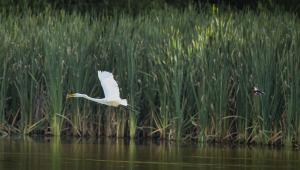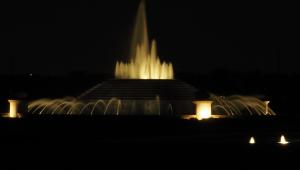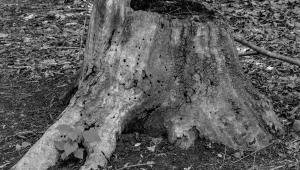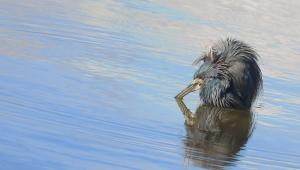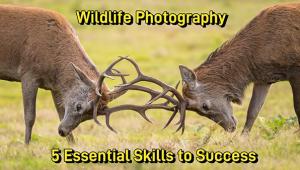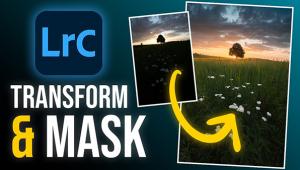5 Tips For Having Fun With Shadows
Photography is all about light. But wherever there's light, there are shadows lurking nearby. And therein lie some great photo ops.
Exposing Shadows
Contrasty shadow scenes can fool reflected light meters, such as those built into cameras. A spot meter enables you to meter the most important highlight area, and determine an exposure that will give detail there (try two stops more exposure than the highlight reading calls for). It's generally fine to let the shadows go black; if you want detail there, too, you'll probably need to use the Zone System--or Photoshop's Shadow/ Highlight feature. With the multi-segment meters built into today's SLRs, you'll have to experiment to see how your specific camera handles shadow scenes--with some scenes, multi-segment meters work very well, with others they don't.
It's a good idea to bracket exposures when you start doing shadow images.
#1: Shadows Add Impact
Soft light is easy to work with, primarily because it produces soft shadows. If you didn't get the main light in the right place, there are no harsh shadows to whump the viewer upside the head with that fact. But soft light also lacks impact. Harsh shadows--in the right place(s)--can add impact and drama to a photograph. The best source of harsh shadows is direct sunlight outdoors. But you can create strong shadows with direct light sources in the studio, too, such as direct electronic flash or tungsten lamps.
The contrast between sunlit fog and unlit trees adds drama to this early-morning scene.
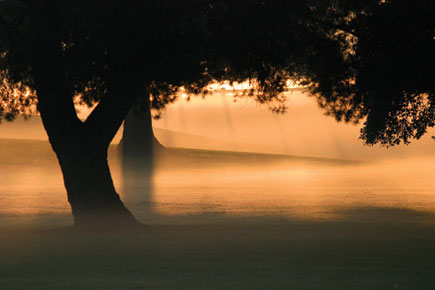 |
|
|
#2: Show The Subject A Different Way
For a different sort of image, make the shadow the main subject of the photo, or photograph only the shadow, without including the subject.
This self-portrait was "discovered" on the side of a store near the end of a hike. Keep your eyes open for such photo ops in
your wanderings.
 |
|
|
#3: Get Artsy
Hey, nothing says you can't use shadows as graphic elements. Instead of grumbling when you encounter harsh shadows in available light scenes, try to work with them.
Existing shadows can provide lots of photo ops, once you become attuned to them. Look for interesting shadow patterns next time you're out searching for things to photograph.
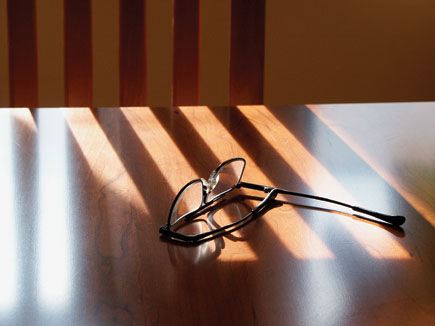 |
|
|


















